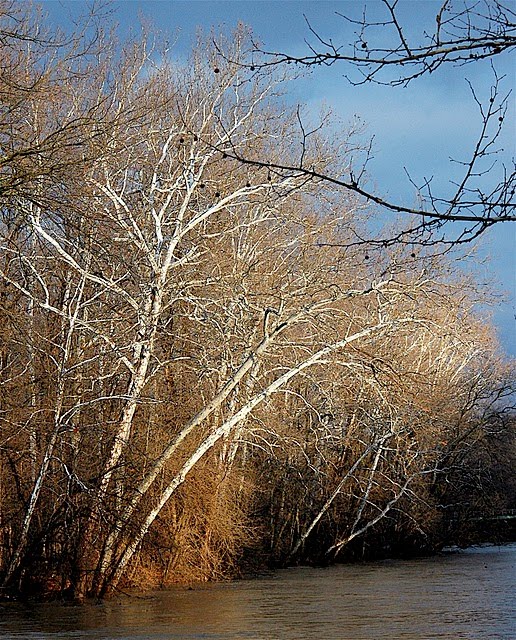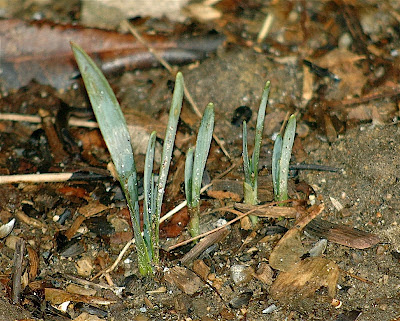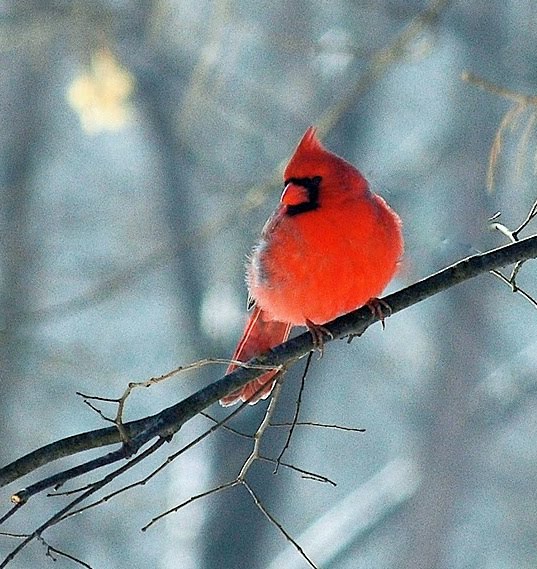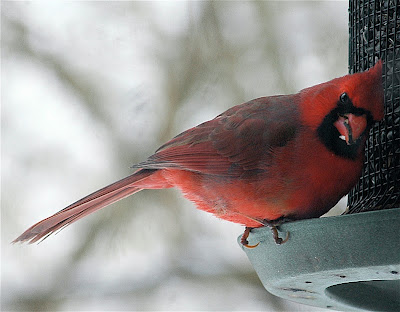
I saw a piece on CNN this morning about a county in California which is overrun by squirrels. It seems the local squirrel population—both ground squirrel and tree squirrel species—is so numerous the little bushy-tailed critters are wreaking all sorts of havoc. Eating everyone's garden vegetables, landscaping flowers and bulbs. Gnawing power lines. Invading attics. Even tunneling under roadways, which causes the paving to break apart and collapse.
The local citizenry seemed to view this squirrel glut as a problem, though I admit my first thoughts were quite the opposite. Attitude is, as I'm often reminded, a matter of perspective. One fellow's disaster can be another's bonus.
Being of hillbilly heritage, and growing up with kith and kin amid a culture where the results of hunting, fishing, and all manner of wild foraging regularly ended up on the supper table, I have to tell you my initial reaction was to see this squirrel boom in terms of meal potential. I thought the best way to handle any squirrel excess would be to lay in a few extra boxes of number 6 shot for the ol' 12-gauge, and get out the family recipes for squirrel dumplin's and burgoo stew. What you had here wasn't a small-animal calamity, but an unexpected opportunity for finer dining.
Naturally, the good folks of the Golden Gate State, tofu-eating tree-huggers to the core, saw things differently. Though being a kingdom of fervent environmentalists, the plan they came up with was acceptably Green, in a bloody-red sort of way. And when you thought about it closely, not all that different from my idea, except it didn't didn't involve firearms and the need for cornbread to sop the gravy.
They way they saw it, hawks and other birds of prey were the answer to the surplus squirrel issue. And so they've built a couple dozen "raptor towers" and installed them throughout the country's rather open countryside, adjacent to the worst squirrel-infestation hotspots. These raptor towers are said to be the latest in man-made perches for a hungry hawk looking for a comfortable rest spot with a high overview, suitable for squirrel bushwhacking. If you've never seen one of these marvels of modern avian engineering, imagine a wood telephone pole with wood crossbeams atop, but no draping wires.
I guess, being part of the Land of Moviemaking and all, they're taking their cue from "Field of Dreams." You remember, that old Kevin Costner flick about an Iowa farmer who's apparently spent just a tad too much time atop the John Deere, hatless under the hot sun. While walking across his cornfield, he hears a voice whisper, "If you build it, he will come." The "it" is a baseball field. He does and "he" and they do come…eventually.
As I say, this is the California concept for squirrel control—build the raptor towers, the hawks will come, and eat, (presumably these will be gluttonous hawks) and presto! problem solved. What they'll then try and attract in to control their leftover plague of hungry hawks once the squirrel surfeit runs out, I'm not sure—pterodactyls, perhaps?
Anyway, it might actually work. Who knows? If anyone can pull off such a plan, it will be those Californians. While those raptor towers aren't exactly natural features stuck onto the landscape, they're not altogether unattractive, and they will make good lookout posts for the squirrels who get appointed to guard duty.
As it happens, too, I've been conducting my own version of raptor-assisted squirrel control. Well, actually, I haven't done anything except watch, and the raptor—a juvenile Cooper's hawk—hasn't controlled a single squirrel or titmouse or sparrow. So far. But I give the bird real credit for persistence. The hawk has stopped by the riverbank regularly over the last few days, perching in the box elder by the door, glaring in every direction in a most predatory manner. If I were a chickadee, I'd be scared witless.
Being young, it's not quite as alert as an adult Cooper's, which makes for easier photography. And the bird is fun to watch, even if it isn't quite the lethal threat it appears. Since it isn't starving, I have to figure it manages to catch at least the occasional meal. I just hope it doesn't get wind of that CNN report and decide to head west. My ratty old box elder simply can't compete with a spanking new raptor tower.


















